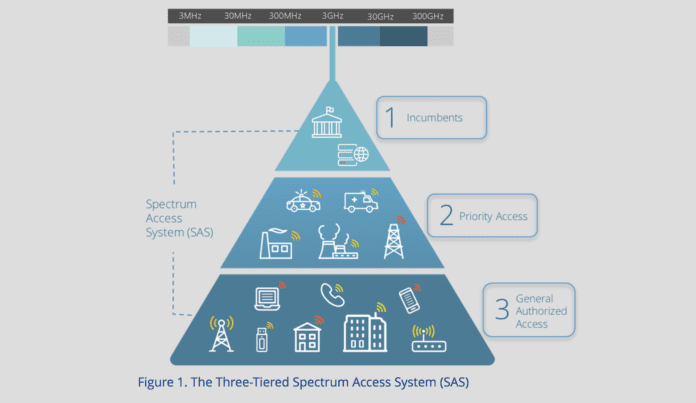Simplicity is key in delivering enterprise private network solutions
According to a virtual panel hosted during the Wireless Infrastructure Association’s ConnectX event, enterprises are eager to leverage shared access to Citizens Broadband Radio Service spectrum and computing infrastructure to solve near-term problems and set the stage for future innovation.
Moderator Monica Paolini, principal of consultancy Senza Fili, laid out the premise: “This is really an excellent opportunity to think about what is it the two of them do together. One plus one equals more than two. They enable each other in very profound ways.”
Federated Wireless CTO Kurt Schaubach agreed with that assessment, adding, “We’re able to take connectivity and the edge and when you merge them together I think it really creates a lot of new and exciting business opportunities.”
Federated is a pioneer in CBRS and spectrum sharing; the company developed the spectrum access system functionality that allows multiple users to dynamically access 150 megahertz in the 3.5 GHz band in a manner that maintains quality of service and other benefits of licensed spectrum. The three-tiered access system protects incumbent federal users, allows for priority access license holders to bid on geographic spectrum control and accommodates general authorized access. The FCC is planning to auction priority access licenses in July.
In addition to creating mutual value, Schaubach said adoption of private CBRS networks and adoption of edge computing will prompt cross-pollination. “Connectivity will help drive the edge…and vice versa because applications really do help sell the network.”
In addressing this new market opportunity, Federated has found, “There’s a real need for simplification as part of adoption,” he said. “There’s a lot of demand. I think one of the key things that we really all need to focus on as an industry is how to continue to simplify this so it becomes easy for infrastructure providers, for managed services providers, to bring a solution to the enterprise that’s complete.”
Back to applications, Schaubach said, “The future is no doubt AR and VR and AI” but the more immediate enterprise needs are around high-quality voice applications, security cameras and other connected IoT-type appliances. And they need this deliver in an easy with “but [with] the surety of spectrum and bandwidth that CBRS provides. All the ingredients are there.”
In addition to how to catalyze adoption, another big question around edge and CBRS is who owns what–does the enterprise work with a range of vendors, does an operator deliver a turnkey solution, or is there a third shared infrastructure option?
Right now, “We expect a lot of people to want to install their own proprietary hardware,” Paul Reddick, Crown Castle’s VP of strategy and business development, said. Broadly, Crown can use its tower sites, fiber, cement pedestals, enclosures and other physical infrastructure to support shared use. “Physically those things have to happen and not every organization has to run their own fiber and pour their own cement. That’s a simple meat and potatoes example.”
The extension of this, he said, would be generic x86 servers running whatever workload a user needs and connected with neutral host radios. “that’s not where the industry is at right now,” Reddick said. “We have a classic innovator’s dilemma here.”

